Differences in Housing Vacancy Rates across Major Cities Worldwide*
DOI: 10.23977/jceup.2025.070304 | Downloads: 3 | Views: 91
Author(s)
Yang Wang 1, Yunyun Li 1, Xiaoli Yue 1
Affiliation(s)
1 Faculty of Geography, Yunnan Normal University, Kunming, 650500, China
Corresponding Author
Yunyun LiABSTRACT
To reveal the characteristics and patterns of housing vacancy rate (HVR) disparities across major cities worldwide, this study integrated multi-source data (academic literature, statistical data, research reports, etc.) to collect and analyze HVR data from 324 sample cities across 45 countries. The results indicate that: (1) The median HVR for global cities is 8.04%, showing a pattern of "lower in the North, higher in the South," with developed countries generally having lower rates than developing countries. (2) Low HVR cities (<5%) account for 36.73% of the sample, predominantly concentrated in Europe and Oceania; cities with extremely high HVR (≥20%) are concentrated in countries like Mexico, India, and Greece. (3) Significant intercontinental differences exist, with the median and mean HVRs in Asia and Africa exceeding 10%, far higher than those in Oceania, Europe, and North America. (4) Among 41 selected globally renowned cities, HVRs vary significantly, with 13 cities exceeding the 10% international alert threshold. This study provides foundational data and support for analyzing global urban housing vacancy.
KEYWORDS
Housing Vacancy Rate, Housing Vacancy, Global Major Cities, WorldwideCITE THIS PAPER
Yang Wang, Yunyun Li, Xiaoli Yue, Differences in Housing Vacancy Rates across Major Cities Worldwide*. Journal of Civil Engineering and Urban Planning (2025) Vol. 7: 21-26. DOI: http://dx.doi.org/10.23977/jceup.2025.070304.
REFERENCES
[1] Molloy R. Long-term vacant housing in the United States[J]. Regional Science and Urban Economics, 2016, 59: 118-129.
[2] Wang K, Immergluck D. Housing vacancy and urban growth: explaining changes in long-term vacancy after the US foreclosure crisis[J]. Journal of Housing and the Built Environment, 2019, 34(2): 511-532.
[3] Gu D, Newman G, Kim J H, et al. Neighborhood decline and mixed land uses: Mitigating housing abandonment in shrinking cities[J]. Land Use Policy, 2019, 83: 505-511.
[4] Glock B, Haussermann H. New trends in urban development and public policy in eastern Germany: dealing with the vacant housing problem at the local level[J]. International Journal of Urban and Regional Research, 2004, 28(4): 919-929.
[5] Couch C, Cocks M. Housing vacancy and the shrinking city: Trends and policies in the UK and the city of Liverpool[J]. Housing Studies, 2013, 28(3): 499-519.
[6] Yu H, Lee J. Analysis of factors affecting the occurrence of vacant houses according to vacant house classification: Shizuoka Prefecture, Japan[J]. Applied Geography, 2023, 151: 102872.
[7] Suzuki M, Hino K, Muto S. Negative externalities of long-term vacant homes: Evidence from Japan[J]. Journal of Housing Economics, 2022, 57: 101856.
[8] Park Y, Newman G D, Lee J E, et al. Identifying and comparing vacant housing determinants across South Korean cities[J]. Applied Geography, 2021, 136: 102566.
[9] Jeon Y, Kim S. Housing abandonment in shrinking cities of East Asia: Case study in Incheon, South Korea[J]. Urban Studies, 2020, 57(8): 1749-1767.
[10] He L, Pan J H, Dong L L. Spatial identification of housing vacancy based on remote sensing and Weibo check-in data [In Chinese]. Remote Sensing Technology and Application, 2020,35(4):820-831.
[11] Sun H R, Liu Y J, Fu H, et al. Spatiotemporal differentiation and influencing mechanism of housing vacancy in shrinking cities of Northeast China: Based on the scale of physical entity cities [In Chinese]. Acta Geographica Sinica, 2024,79(6):1412-1432.
| Downloads: | 11533 |
|---|---|
| Visits: | 393357 |
Sponsors, Associates, and Links
-
Journal of Sustainable Development and Green Buildings
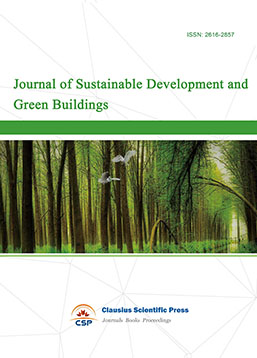
-
Landscape and Urban Horticulture
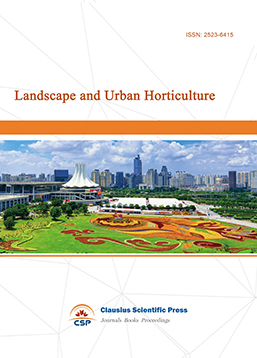
-
Bridge and Structural Engineering

-
Soil Mechanics and Geotechnical Engineering

-
Journal of Municipal Engineering
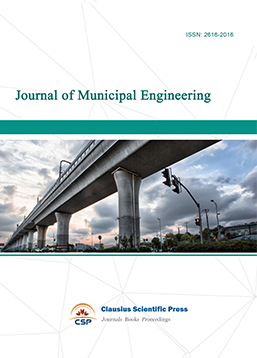
-
Heating, Ventilation and Air Conditioning
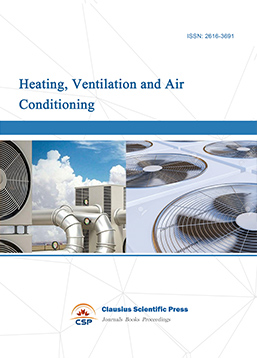
-
Indoor Air Quality and Climate
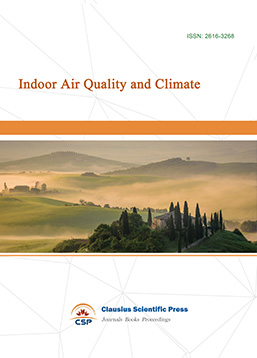
-
Computer Aided Architecture Design


 Download as PDF
Download as PDF